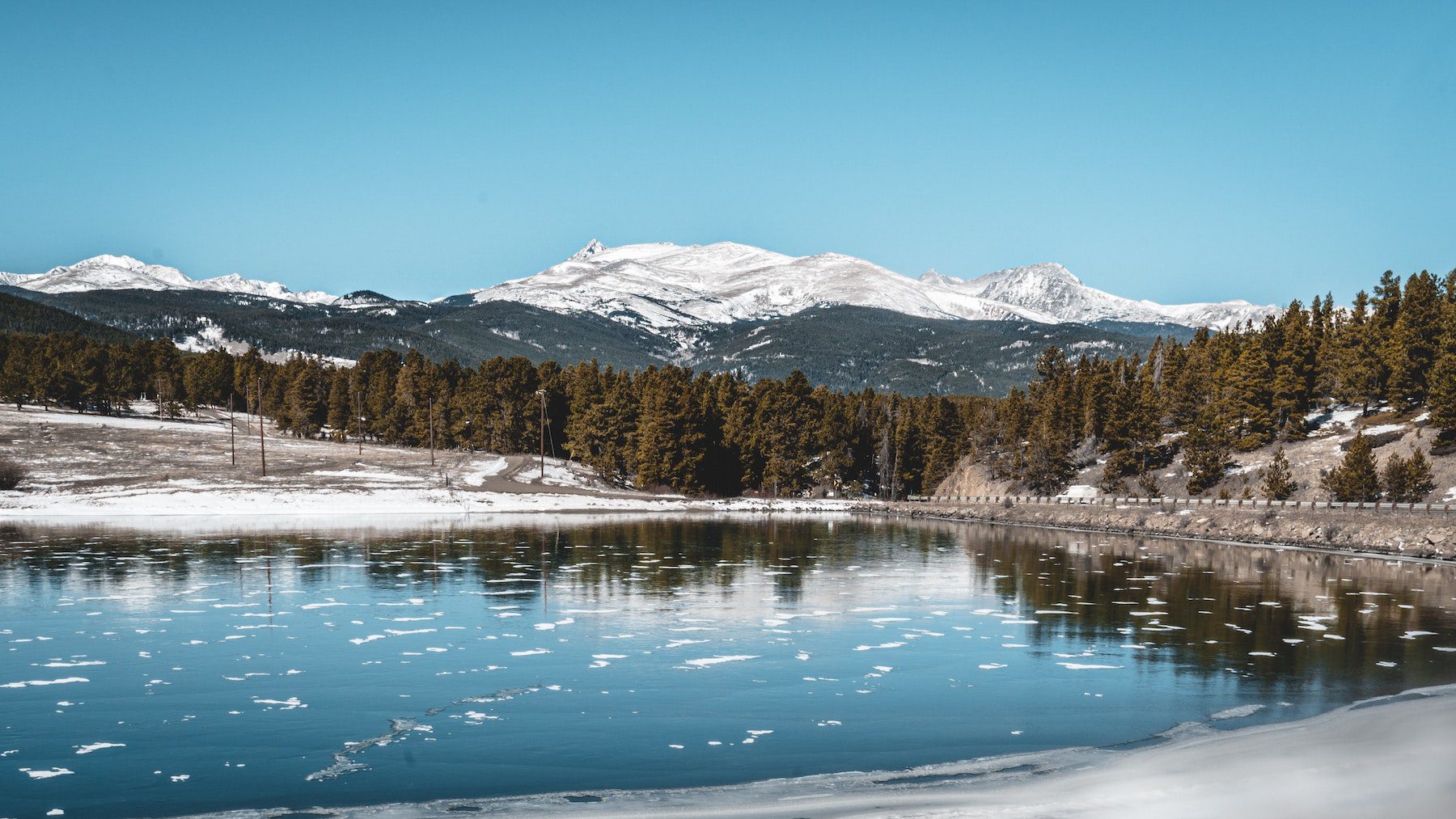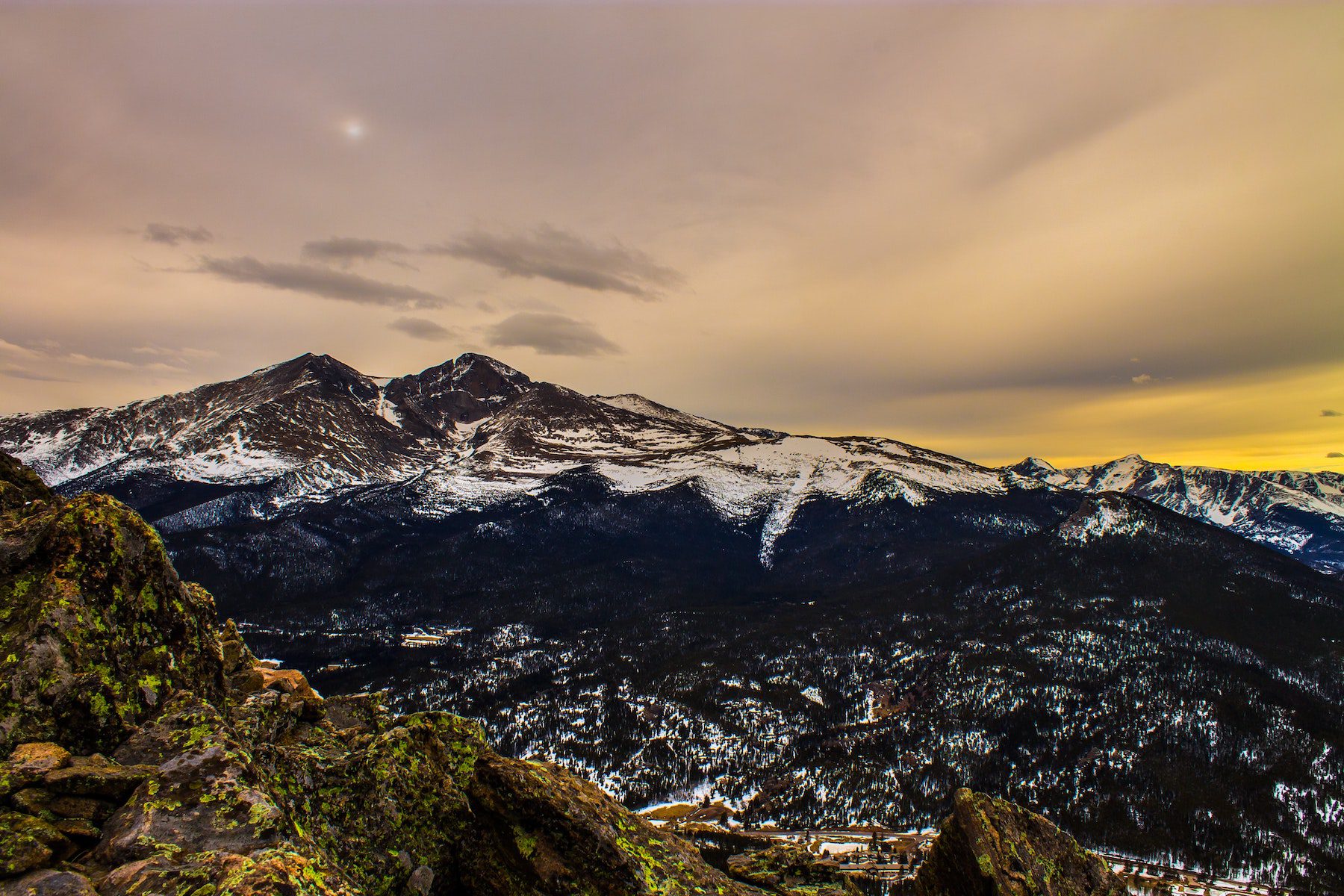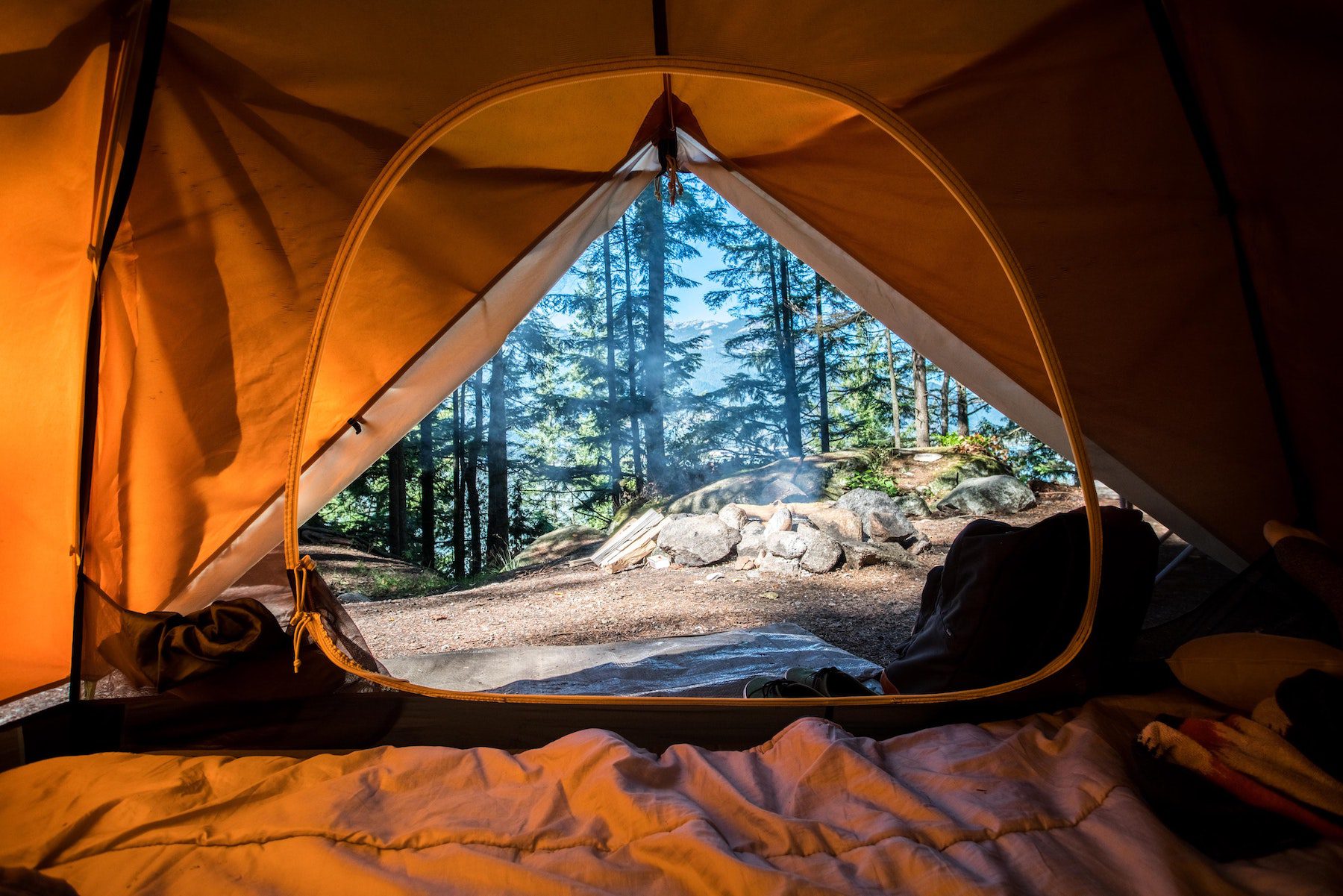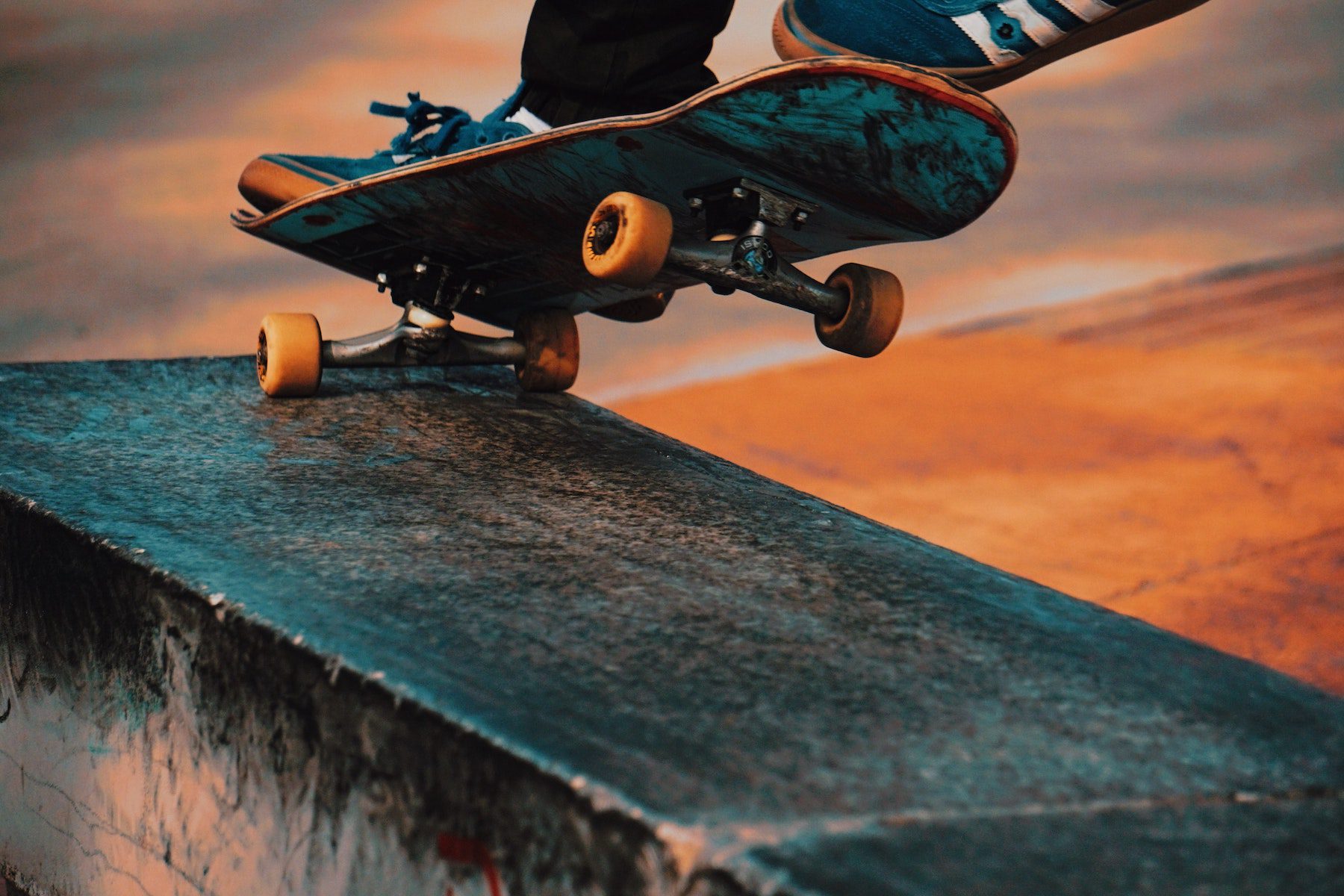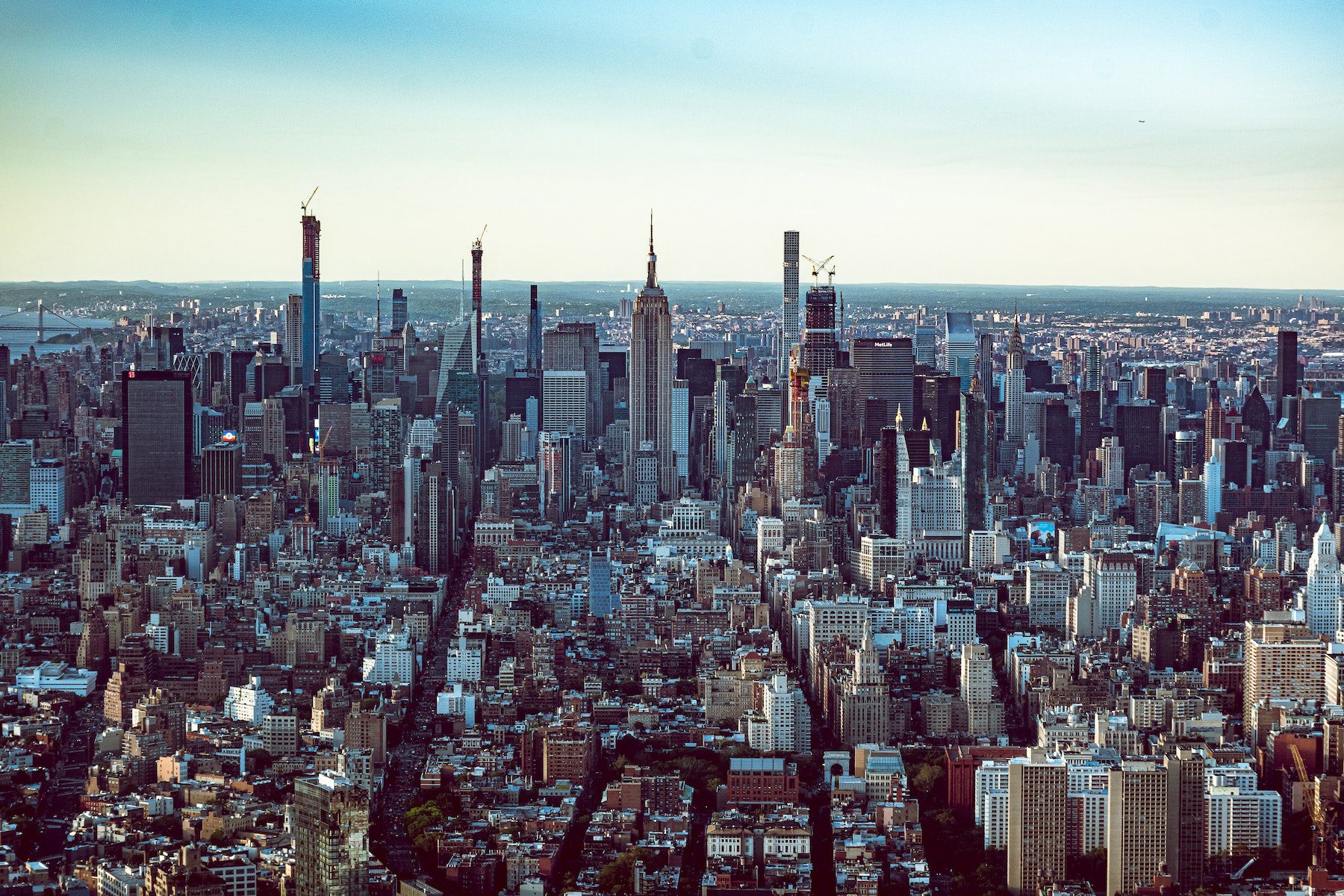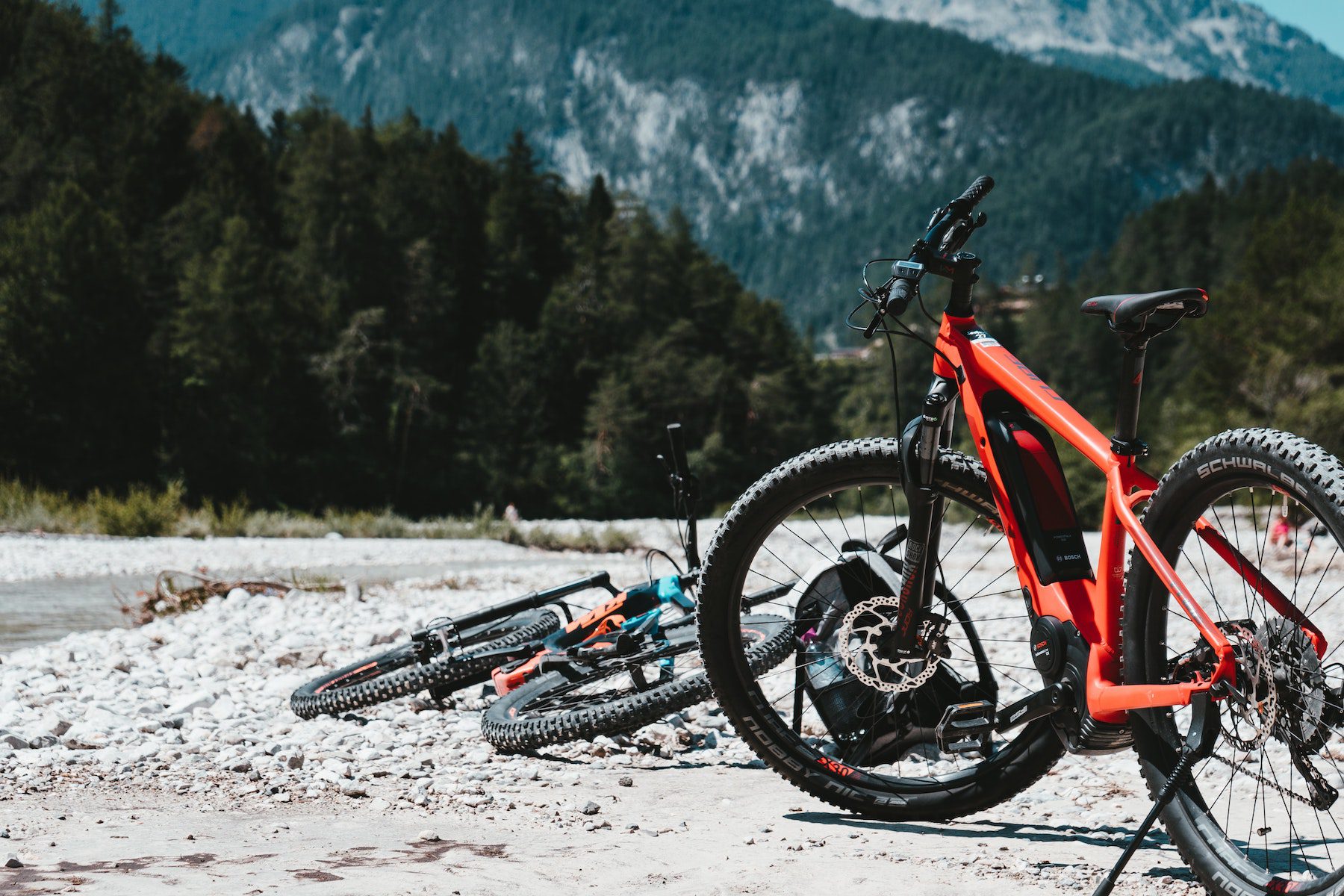The National Park Service protects and manages 63 diverse national parks in the United States through every season, all of which immerse visitors into the richest, most vibrant ecological and historic sites in the country.
While some national parks see far more annual visits than others, all 63 play a special part in telling the story of America’s natural wonders.
These days, it is entirely common for an individual to strive to visit every park the National Park Service protects. But when is the best time for you to visit these national parks?
Although most are open year-round, there is an ideal time to visit each. Here are the best national parks to visit during every season.
Best National Parks to Visit During Spring
The spring season brings with it blooming wildflowers and active wildlife populations. Honestly, you can’t really go wrong with visiting any of the nation’s 63 national parks during this season, but there are a few that stand out as prime springtime destinations.
Shenandoah National Park

State: Virginia
There’s no better way to celebrate the arrival of spring than by taking in the breathtaking views of Shenandoah National Park.
Skyline Drive, the park’s premier road, offers views of the rolling Blue Ridge Mountains. For a truly special Shenandoah experience, get up early and head to Skyline Drive to take in the sunrise.
Elsewhere throughout Shenandoah National, you’ll spot fields and meadows blooming with abundant wildflowers, waterfalls roaring over river rocks, and wildlife enjoying the warm temps.
Black bears, white-tailed deer, and songbirds aren’t unusual sights, either.
Recreation in Shenandoah National Park includes an elaborate array of hiking trails, the most popular of which is Dark Hollows Falls Trail. It leads hikers to a 70-foot cascading waterfall.
In addition to hiking, you can also camp throughout the park’s backcountry, or go fishing in one of its ~90 mountain streams.
Arches National Park

State: Utah
During the summer, Arches National Park is extremely popular. Visitors flock to this national park from all over.
However, during the spring, visitation is much slower and can provide a better experience for your trip.
Take in views of Delicate Arch, Navajo Arch, and Landscape Arch. For those wanting to hit the trail, you should hike along the Devil’s Garden.
During your hike, not only will you see almost all the park’s picturesque arches, but you’ll also find other unique geographical features as you meander up and down in elevation.
Redwood National Park

State: California
The spring season is the best time to visit Redwood National Park, when temperatures hover around the sixties.
Standout locations include Gold Bluffs Beach, Trillium Falls, and the Newton B. Drury Scenic Parkway.
Hiking is the most popular activity, due to a variety of unique trails including the Coastal Trail and Tall Trees Grove.
The Coastal Trail takes you around the western border of Redwood National Park, through redwood groves, and along the Pacific coastline.
Tall Trees Grove is one of the more isolated parts of Redwood National Park, but it is worth the effort if you are able to make it there.
In order to walk among the tall trees, you will first need to receive a permit from the park visitor center. Keep in mind that these permits are limited, so you might want to arrive early.
Grand Canyon National Park

State: Arizona
Grand Canyon National Park is one of the most visited national parks in the United States. However, a large percentage of its traffic arrives in the summer.
In the spring, Grand Canyon National Park is a little quieter—and perfect for biking, white-water rafting, or just enjoying the picturesque views of the canyon. For a special trip, visit the Rim trails or the Angel Falls Trail to find a campsite for the night.
While temperatures in the canyon get a bit chilly come nightfall, sleeping under the stars will prove well worth a few shivers.
If backcountry camping isn’t your thing, there are plenty of front country campgrounds, as well. Grand Canyon Village also features several other lodging facilities, including hotels.
Hiking into the canyon can be easier during spring because temperatures are not as extreme, but visitors should still use caution and bring ample supplies of water on their expedition.
Joshua Tree National Park

State: California
Temps in Joshua Tree National Park retreat from their summer highs to averages in the low eighties during springtime.
Explore low and high desert ecosystems, hike, camp, mountain bike—or simply see the sights.
For a challenge, tackle the Ryan Mountain Trail. It offers dramatic views of the surrounding landscape.
The Best National Parks to Visit During Summer
Summer is the most popular time to visit a national park by far. Kids are off from school, and visitors want to put that two weeks’ vacation from work to good use.
True, any park you choose will be more crowded during this season—but with good reason. High temps mean even nightfall can be mild, which is ideal for camping.
What’s more, if you plan your trip for late August, you’ll be right on time for the National Park Service’s birthday celebration. Every year on the 25th, access to any of the 63 national parks is free.
Crater Lake National Park

State: Oregon
The lake that sits in the middle of Crater Lake National Park holds the cleanest and clearest water in the world.
This lake sits in the middle of a caldera—a volcanic crater—so summertime, when temperatures and conditions in the park are most idyllic, is the best time to visit. During the rest of the year, swimming in Crater Lake is largely impossible, because the water temperature is well below enjoyable.
However, for about two weeks in the summer, the water in Crater Lake warms up enough to offer a very enjoyable swim.
While visiting, you can camp in one of three campgrounds, or grab a reservation at the park’s lodge.
Other recreation opportunities include various hiking trails, fishing, and interpretive ranger programs. Furthermore, fishing in the park’s lake does not require a state fishing license.
Acadia National Park

State: Maine
Due to its smaller size, Acadia National Park occasionally gets forgotten. However, during the summer this can be used to your advantage. While crowds are flocking to Rocky Mountain, Grand Canyon, and Yellowstone National Park, you can be enjoying some of the most picturesque views in the United States.
Sitting on Maine’s eastern coast, Acadia National Park protects a diverse environment that includes rocky coastlines, intertidal zones, and acres of inland forest.
The Beehive and Precipice hiking trails are the most popular trails in the park. These trails are interactive trails, which require visitors to climb a series of ladders and other obstacles to complete the hike.
Beehive is a good warm-up for the more difficult precipice trail. Anyone exploring either of these two trails should use caution and be careful as they ascend.
After you finish in the park for the day, you can visit Bar Harbor, a nearby coastal town boasting some of the best food in the New England region.
Kenai Fjords National Park

State: Alaska
Most recreational pursuits in Alaska run through the city of Anchorage. Kenai Fjords National Park is located about 2.5 hours from Anchorage along the Kenai Peninsula, and is the perfect summer destination.
Within the confines of the national park, visitors will be able to hike alongside glacier icebergs, kayak in immaculate waters, and try their hand at stand-up paddleboarding.
Temperatures in the summer frequently reach highs of 60-65 degrees Fahrenheit. During the middle of summer, daylight in this region of Alaska lasts for about 19 hours, providing visitors with ample time to explore.
Most of Kenai Fjords is not accessible by road. However, visitors can hire various outfitters in the area to take them around.
Additionally, you can hire a pilot to take you on a “flightseeing” trip of Kenai Fjords—an experience you’ll never forget.
Grand Teton National Park

State: Wyoming
Grand Teton National Park is an outdoorsman’s paradise.
Not only does Grand Teton, the highest peak of the Teton Range, rise an impressive 13,775 feet in the air, but the surrounding landscape also includes several small glaciers, mountain streams, alpine lakes, and the Snake River. Waters are tranquil during the summer, when temperatures approach seasonal highs.
While only located about thirty minutes away from neighboring Yellowstone National Park, Grand Teton National Park remains significantly less crowded.
Recreation in Grand Teton includes hiking, fishing, biking, and camping—the latter of which can be practiced in several front country campgrounds, or in the backcountry where permitted.
Mammoth Cave National Park

State: Kentucky
When the summer heat becomes unbearable, it might be time to start exploring underground. The various passageways of Mammoth Cave National Park help comprise one of the largest caves in the world.
In total, the Mammoth Cave system exceeds 400 miles. Tours are available to take visitors into various rooms, discuss the formation of the cave, and highlight unique formations found throughout.
Feeling extra adventurous? Join the Wild Cave Tour, which takes you on a challenging route of crawling, climbing, and squeezing.
Above ground, you can hike through hardwood forest, fish in the Green River, or camp in one of the many campsites the park manages and maintains.
The Best National Parks to Visit During Fall
National parks in the fall are revered for their elaborate foliage. The five national parks listed below are some of the best destinations to take in views of the changing colors of autumn.
Great Smoky Mountains National Park
State: Tennessee/ North Carolina
Foliage enthusiasts will undoubtedly love the wonders of Great Smoky Mountains National Park. Every year, thousands of visitors arrive at the park and the nearby Blue Ridge Parkway to take in the changing hues of autumn.
While the leaves are the true showstoppers of the season, there’s plenty else to leave visitors awe-inspired. Throughout the park, you can explore a vast system of hiking trails, drive along several auto-loops, fish for brook trout in mountain streams, share stories around the campfire, and much more.
Some of Great Smoky Mountains National Park’s most revered attractions are Cades Cove, Clingmans Dome, and Deep Creek.
Cades Cove, in particular, draws huge crowds hoping to spot wildlife and learn more about the park’s rich cultural history.
This vibrant valley can be explored by vehicle, via the Cades Cove Auto Loop. The loop is 11 miles long, running only one way.
Yosemite National Park

State: California
Yosemite National Park is a popular travel destination during all four seasons.
However, deciding to visit the park during the fall will offer visitors a rare glimpse into Yosemite Valley that truly displays the location’s beauty. What’s more, the cooler temperatures make outdoor recreation activities like rock climbing, hiking, and backpacking far more enjoyable.
Bicyclists will experience less traffic on the various park roadways, and fisherman will find more trout biting than in other seasons: trout season runs from September to December. The Merced River, Hetch-Hetchy Reservoir, and Tenaya Lake all offer anglers the opportunity to try their luck.
The color-changing dogwoods and maples of Yosemite are certainly enough to attract visitors, but by no means are they the only aspect worth exploring during your trip.
Cuyahoga Valley National Park

State: Ohio
It’s safe to say Ohio isn’t exactly considered an outdoor paradise. However, a quick visit to Cuyahoga Valley National Park during the fall will likely persuade you to believe otherwise.
Centered in northeast Ohio along the Cuyahoga River, Cuyahoga Valley National Park looks to preserve the remaining acres of undeveloped wilderness remaining in the state.
Unlike most other national parks in the country, the confines of Cuyahoga Valley also include two large urban areas, small towns, reservations, and a network of developed roadways.
Visiting Cuyahoga during the fall is a special experience, since you will have a front-row seat to the season’s greatest show. Take in breathtaking foliage from the Brandywine Gorge Trail, the Ledges Trail, or the Octagon Shelter access road.
Glacier National Park

State: Montana
Visiting Glacier National Park during the fall requires self-reliance, since some park amenities close as soon as peak tourist season wraps up.
However, this will also bring heightened solitude, quieter mornings, and elevated wildlife activity—all three of which make visiting Glacier National Park in the autumn a can’t-miss trip.
Trees and vegetation in Glacier National change during mid- to late September. Enjoy cool nights and sunny days as temps hover between 40 and 70 degrees.
Later in the fall, occasional snow is common, though this weather is not nearly as severe as it is in winter. Biking down Going-to-the-Sun Road, or taking a boat tour of one of the many lakes in Glacier National Park, are two great ways to spend an autumn day in the park.
Rocky Mountain National Park

State: Colorado
During only four weeks in the summer, Rocky Mountain National Park experiences upwards of one million visitors. While the park is still well-visited during the fall, visitation numbers hardly compare.
One of the more popular fall attractions located within Rocky Mountain National Park is Old Fall River Road. This mountain road climbs throughout the park and offers unparalleled looks at the breathtaking landscape.
In autumn, Old Fall River Road is decorated with hues of burnt orange, yellow, and deep brown. Fall visitors can also take advantage of the decreased visitation and idyllic seasonal conditions by exploring the various hiking trails.
Additionally, you can visit in the winter for a winter wonderland and views that simply can’t be beaten.
The Best National Parks to Visit During the Winter
The winter season offers new opportunities and unrivaled recreation, even if the temps are less than ideal. You can explore the crowded popular parks you’d avoid during peak seasons, or revisit old favorites to see the landscape in an entirely new light.
Mount Rainier National Park

State: Washington
If you are looking for snow, then there is no better place than Mount Rainier National Park in the winter.
Throughout the year, the Paradise portion of the park receives about 54 feet of snow—yes, you read that right: 54 feet—and much of this snowfall occurs during the months of November through February.
In addition to being the perfect winter wonderland, Mount Rainier is also well equipped for recreation. Enjoy downhill skiing, cross-country skiing, sledding, and snowshoeing.
You can also embark on a backpacking trip. However, anyone venturing into the backcountry during winter should be extremely prepared and ready for anything nature might throw your way.
Bryce Canyon National Park

State: Utah
“Otherworldly” is the best way to describe Bryce Canyon National Park during the winter.
The sandstone spires that dominate the park’s landscape are reminiscent of sci-fi movies, but during the winter these spires offer even more unique photographs and sightseeing opportunities.
In recent years, Bryce Canyon National Park began hosting an annual Winter Festival. Held on President’s Day Weekend, the festival is filled with astronomy programs, moon-shoeing adventures, and special winter programs.
If you decide to embark on a hike in Bryce Canyon during the winter, you should follow all park regulations and be cautious. Besides a sturdy pair of hiking boots, you’ll need vast quantities of water and clothing designed to repel severe weather and temperatures.
Death Valley National Park

State: California/ Nevada
Winter might just be the perfect time to visit the hottest place on earth. Snow-capped mountains, penetrating sunshine, and clear skies make Death Valley a must-visit destination.
The park is quietest between Thanksgiving and Christmas, but you can also plan your trip to coincide with several astronomical events. These include full moon watch parties, star festivals, and a whole celebration centered around the planet Mars.
While uncommon year-round, a few rain showers normally move into Death Valley National Park every winter. Be prepared for all types of weather if you choose to visit the park late in the year.
Several lodges are available for your stay, the most popular of which are the Panamint Springs Resort and Stovepipe Wells Village.
National Park of American Samoa

Location: American Samoa
Sometimes winter weather calls for a tropical vacation. The National Park of American Samoa is the only unit managed by the National Park Service that is located below the equator. This characteristic makes the park the perfect place to go in order to escape the throes of winter.
Visitors traveling to the National Park of American Samoa will not find snow, sleet, or ice. However, they will find plenty of sunshine, crystal clear waters, and a plethora of opportunities to explore.
The park’s primary mission is to protect the coral reefs, tropical rainforests, and other unique biological features of American Samoa. Coinciding with this mission, popular activities completed in the park include snorkeling, bird watching, free diving, and hiking.
Additionally, a diverse array of wildlife—including bats, lizards, tropical birds, and tropical fish—populate the waters and rainforests protected by the park.
Channel Islands National Park

State: California
Like the National Park of American Samoa, Channel Islands National Park offers visitors the opportunity to pretend winter no longer exists. Temperatures in November through January reach highs of 65 degrees and up.
In total, Channel Islands National Park covers five of the eight islands located off the Pacific coast of California.
The largest of these islands is Santa Cruz Island. Dominated by acres of lush rainforest and Elysian beaches, the island offers visitors the opportunity to hike, bike, fish, sightsee, swim, snorkel, and kayak.
Other islands populated by Channel Islands National Park include Santa Rosa Island, Santa Barbara Island, and San Miguel Island. Recreation opportunities are similar amongst them all, but you’ll soon find each island offers unique features, as well.
A National Park for Every Season

Whether you opt for warm weather or snowy locales, planning a national park excursion at any point during the year can create lifelong memories and unforgettable experiences.
“America the beautiful” isn’t just a saying. These vast parks with what seem like endless lands litter states such as California, Oregon and Alaska, as well as many others.
If you’re feeling particularly ambitious, you might try to hit one or more every season. Ski in winter, fish in the fall, bike ride in spring, and swim in summer–there’s no wrong way to explore the incredible array of ecosystems and natural wonders of the U.S. National Park Service.

